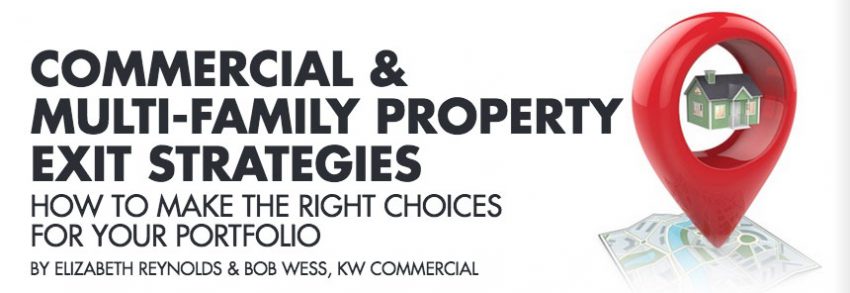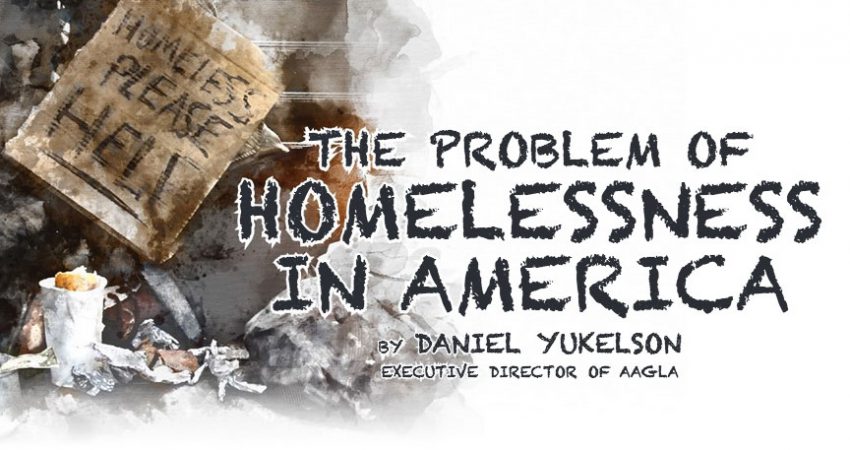3RD ANNUAL APARTMENT BUILDNGS CONFERENCE & EXPO RETURNS TO PASADENA ON WEDNESDAY, OCTOBER 2ND

The Apartment Buildings Conference & Expo presented by Apartment Association of Greater Los Angeles (AAGLA) returns to Pasadena Convention Center on October 2nd, from 9:00 A.M.-4:00 P.M. Expo highlights include an exhibit hall, educational seminars and breakout sessions on trending topics facing multifamily owners, investors, developers, property managers and real estate professionals. Admission is FREE.
Expo attendees are invited to meet with industry experts, guest speakers and attend industry roundtables on rent control, fair housing, legal issues, tenant screening, the eviction process, investment strategies, housing incentives, property management, preventative maintenance, and other topics. An exhibit hall with 100+ suppliers will showcase the latest in management software, forecasting and analysis tools, roofing, seismic retrofitting, energy and utility systems, lighting, fire and safety equipment, insurance, legal counsel, tax preparation, alternative real estate investments and more.
Attendees are also invited to get free legal, financial and investment advice and learn how to lower property costs and improve performance. Past speakers have included Jon Coupal of The Howard Jarvis Taxpayers Association, Terry Tornek, Mayor of Pasadena, Tracie Mann of Housing Authority of the County of Los Angeles, and Daniel Yukelson, AAGLA Executive Director. This year’s AAGLA-hosted special breakout sessions will feature speakers on the new balcony inspection law, workers compensation insurance and legislative updates with structural engineer Jay Kumar, property expert Angel Rogers, workers compensation specialist Kevin Osterman, and others.

The Apartment Buildings Conference & Expo is produced by AAGLA, Apartment News Publications and On The Edge Promotions. Expo partners are Apartment Age, Apartment Management Magazine, California Association of Realtors (CAR), Beverly Hills Greater Los Angeles Apartment Association (BHGLAA), and California Association of Housing Authorities (CAHA). Held at Pasadena Convention Center on Wednesday, Oct. 2nd, hours are 9:00 am-4:00 pm. Admission is free. On-site parking is $15.00 per day. Exhibitors call (800) 931-6666 or email info@buildingsla. com. Pre-registration and information at www.buildingsla.com.
















